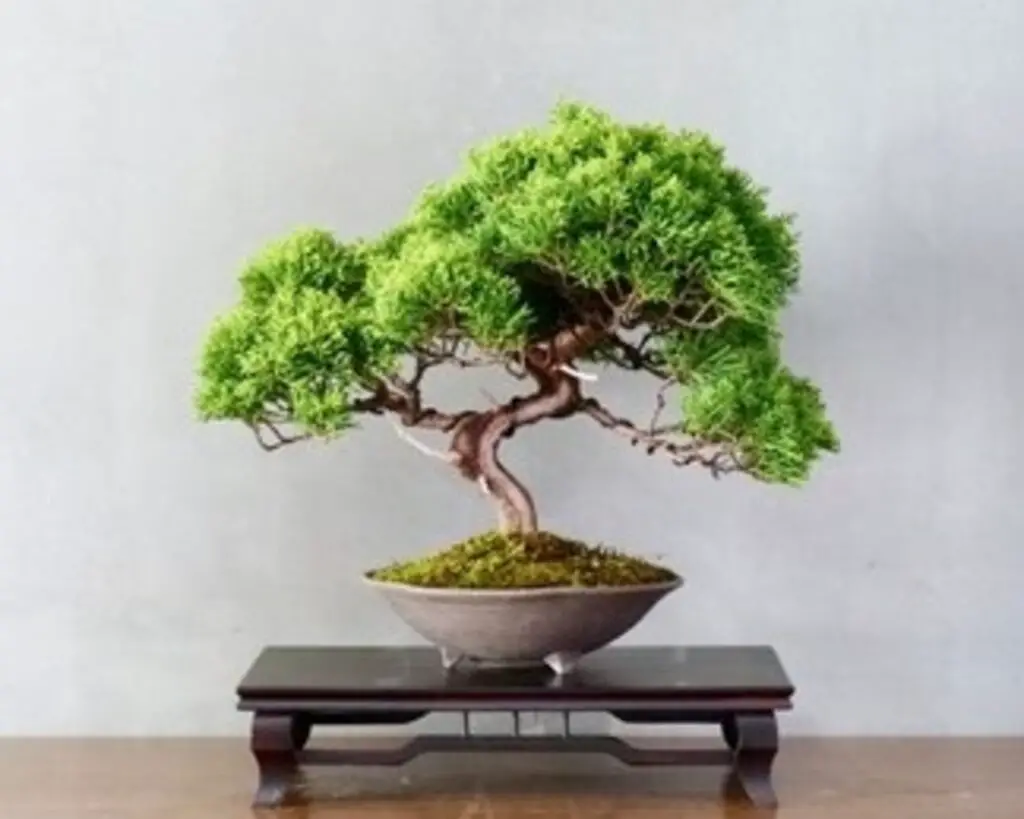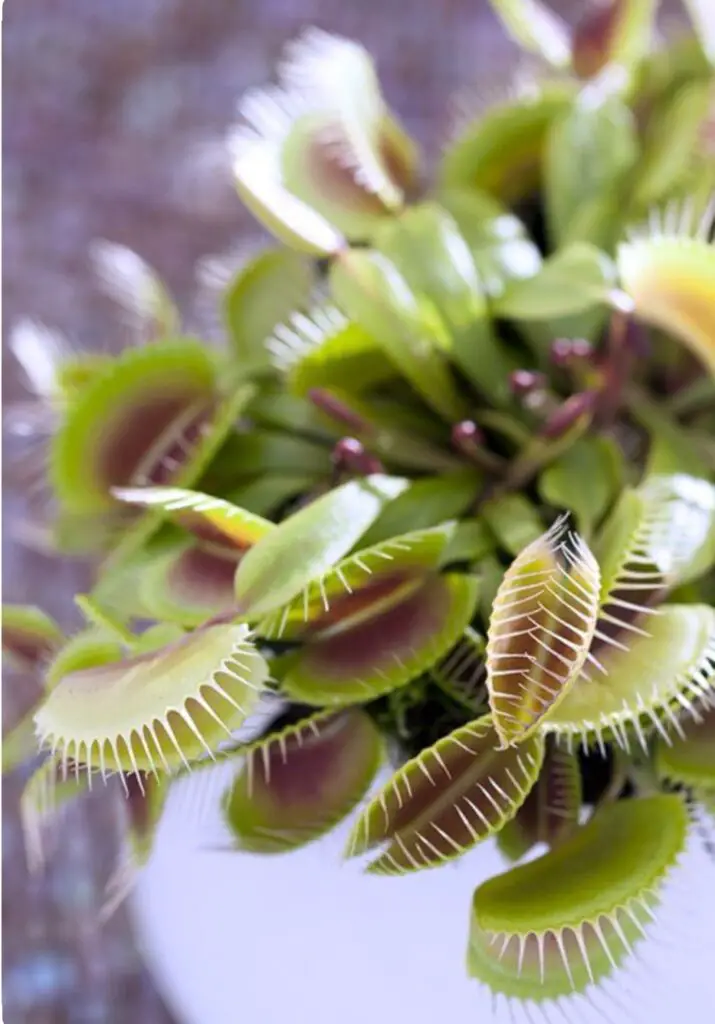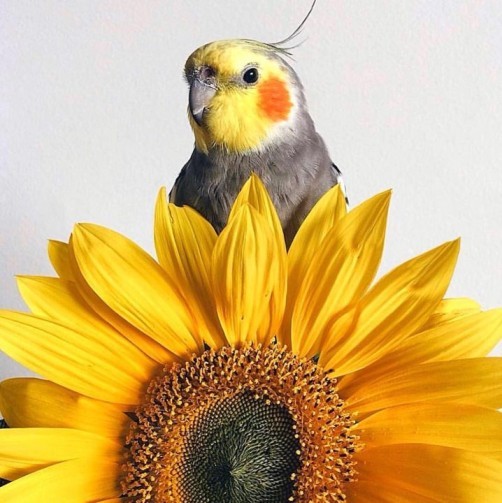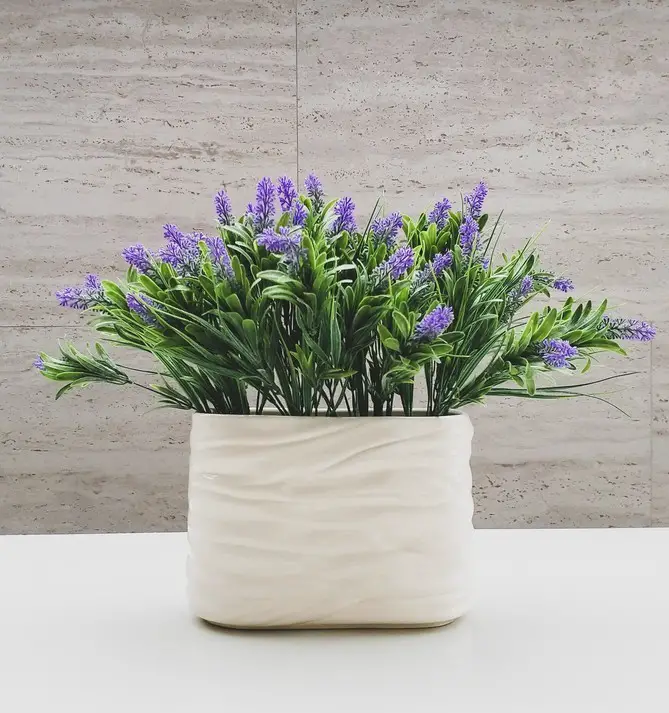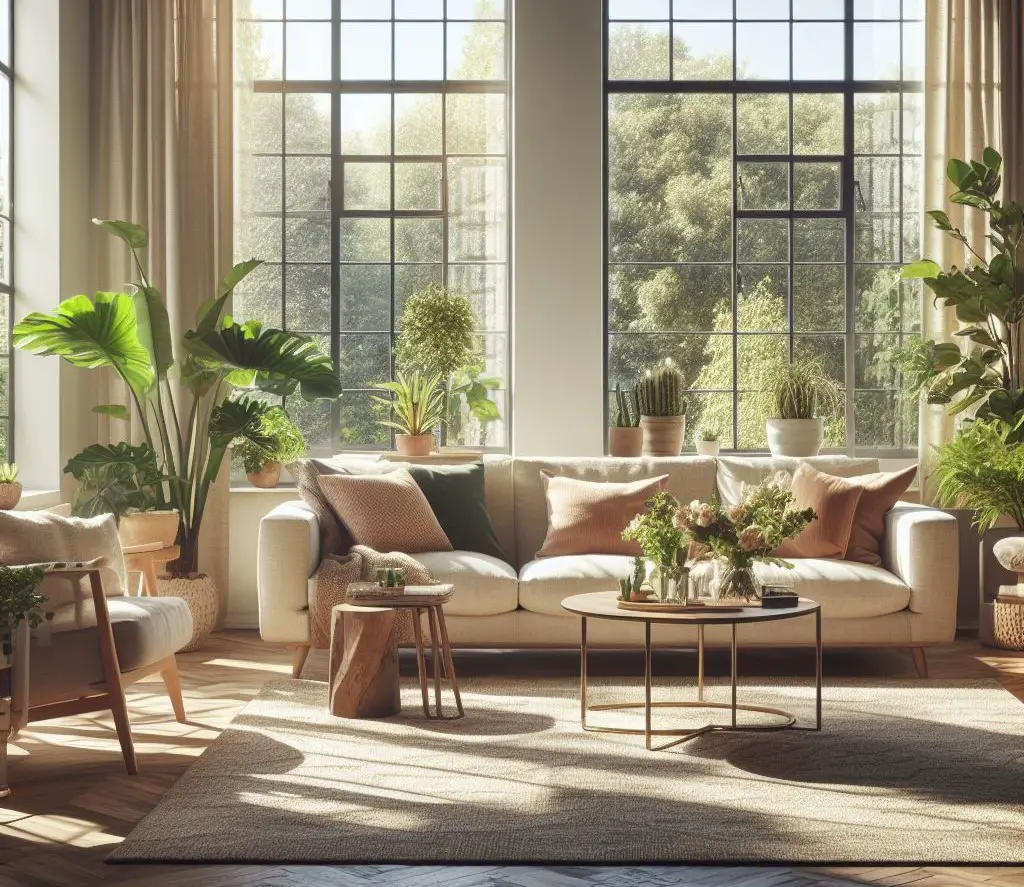
1. Fiddle Leaf Fig
The Fiddle Leaf Fig (Ficus lyrata) is a popular choice for indoor plant enthusiasts. With its large, glossy leaves and tall stature, it adds a touch of elegance to any room. This plant thrives in bright, indirect light and requires regular watering. It is important to note that the Fiddle Leaf Fig can be a bit finicky, so it’s best suited for experienced plant owners.
2. Monstera Deliciosa
The Monstera Deliciosa, also known as the Swiss Cheese Plant, is another big plant that is perfect for indoor spaces. Its unique, fenestrated leaves make it a statement piece in any room. This plant prefers bright, indirect light and well-draining soil. It is relatively low-maintenance and can tolerate some neglect, making it a great choice for beginners.
3. Bird of Paradise
The Bird of Paradise (Strelitzia reginae) is a stunning plant that resembles a tropical bird in flight. Its large, vibrant flowers and banana-like leaves make it a showstopper. This plant requires bright, indirect light and regular watering. It is best suited for larger spaces due to its size.
4. Rubber Tree
The Rubber Tree (Ficus elastica) is a popular choice for indoor plants due to its attractive, glossy leaves and easy care requirements. This plant can tolerate a range of light conditions, from bright indirect light to low light. It prefers well-draining soil and regular watering. The Rubber Tree can grow quite tall, so make sure you have enough space for it to thrive.
5. Snake Plant
The Snake Plant (Sansevieria) is a hardy plant that can withstand neglect and low light conditions. It has long, upright leaves that come in various shades of green. This plant is known for its air-purifying properties, making it a great choice for improving indoor air quality. It requires minimal watering and can thrive in a wide range of light conditions.
6. Areca Palm
The Areca Palm (Dypsis lutescens) is a popular choice for indoor spaces due to its feathery, arching fronds. It adds a touch of tropical vibes to any room. This plant prefers bright, indirect light and well-draining soil. It requires regular watering and benefits from occasional misting to increase humidity.
7. Philodendron Selloum
The Philodendron Selloum is a big plant with large, deeply lobed leaves that create a lush and tropical look. It is relatively easy to care for and can tolerate a range of light conditions, from bright indirect light to low light. This plant prefers well-draining soil and regular watering. It is important to note that the Philodendron Selloum is toxic to pets, so it’s best to keep it out of reach of furry friends.
| Plant | Light Requirements | Watering | Special Care |
|---|---|---|---|
| Fiddle Leaf Fig | Bright, indirect light | Regular watering | Requires experienced plant care |
| Monstera Deliciosa | Bright, indirect light | Low-maintenance | Tolerates some neglect |
| Bird of Paradise | Bright, indirect light | Regular watering | Best suited for larger spaces |
| Rubber Tree | Range of light conditions | Regular watering | Can grow quite tall |
| Snake Plant | Wide range of light conditions | Minimal watering | Air-purifying properties |
| Areca Palm | Bright, indirect light | Regular watering | Benefits from occasional misting |
| Philodendron Selloum | Range of light conditions | Regular watering | Toxic to pets |
These 7 big plants for indoors are not only visually appealing but also offer various benefits such as improving air quality and adding a touch of nature to your living space. Let’s take a closer look at each plant and learn more about their care requirements:
1. Fiddle Leaf Fig
The Fiddle Leaf Fig is native to western Africa and is known for its large, violin-shaped leaves. It prefers bright, indirect light and should be placed near a window where it can receive adequate sunlight. Avoid placing it in direct sunlight as it can scorch the leaves.
The Fiddle Leaf Fig requires regular watering, but be careful not to overwater as it can lead to root rot. So, it is best to allow the top inch of soil to dry out before watering again.
This plant also benefits from occasional misting to increase humidity. Keep in mind that the Fiddle Leaf Fig can be sensitive to changes in its environment, so try to keep it in a stable location.
2. Monstera Deliciosa
The Monstera Deliciosa is native to the tropical rainforests of Central America. It is known for its large, fenestrated leaves that develop as the plant matures. This plant thrives in bright, indirect light but can tolerate some lower light conditions.
It is important to avoid direct sunlight as it can scorch the leaves. The Monstera Deliciosa prefers well-draining soil and should be watered when the top inch of soil feels dry. It is relatively low-maintenance and can tolerate some neglect.
However, it is best to keep an eye out for pests such as spider mites and mealybugs, which can occasionally affect this plant.
3. Bird of Paradise
The Bird of Paradise is native to South Africa and is known for its striking orange and blue flowers that resemble a tropical bird in flight. This plant requires bright, indirect light to thrive and should be placed near a window where it can receive ample sunlight.
It prefers well-draining soil and should be watered regularly, allowing the top inch of soil to dry out between waterings. The Bird of Paradise is a relatively large plant and requires enough space to accommodate its size. It is best suited for larger rooms or as a statement piece in a spacious living area.
4. Rubber Tree
The Rubber Tree is native to Southeast Asia and is known for its glossy, burgundy, or dark green leaves. It is a versatile plant that can tolerate a range of light conditions, from bright indirect light to low light. However, it thrives in bright, indirect light.
The Rubber Tree prefers well-draining soil and should be watered when the top inch of soil feels dry. Avoid overwatering, as it can lead to root rot. This plant can grow quite tall, reaching heights of up to 8 feet indoors.
Regular pruning can help maintain its size and shape. The Rubber Tree is also known for its air-purifying properties, making it a great choice for improving indoor air quality.
5. Snake Plant
The Snake Plant, also known as Mother-in-Law’s Tongue, is native to West Africa. It is a hardy plant that can tolerate a wide range of light conditions, from low light to bright indirect light.
This makes it an excellent choice for those with less sunny spaces. The Snake Plant has long, upright leaves that come in various shades of green. It is known for its air-purifying properties and can help remove toxins from the air. This plant is relatively low-maintenance and requires minimal watering.
It is best to allow the soil to dry out between waterings to prevent overwatering. The Snake Plant is also known to be a resilient plant that can withstand neglect, making it a great choice for beginners or frequent travelers.
6. Areca Palm
The Areca Palm, also known as the Butterfly Palm, is native to Madagascar and is known for its feathery, arching fronds. It adds a touch of tropical vibes to any room. This plant thrives in bright, indirect light. if you consider getting it, place it near a window where it can receive adequate sunlight.
It prefers well-draining soil and should be watered regularly, allowing the top inch of soil to dry out between waterings. The Areca Palm benefits from occasional misting to increase humidity, especially in dry indoor environments. It is important to note that this plant can be sensitive to chemicals, so it is best to use filtered or distilled water for watering.
7. Philodendron Selloum
The Philodendron Selloum, also known as the Tree Philodendron, is native to the rainforests of South America. It is a big plant with large, deeply lobed leaves that create a lush and tropical look. This plant can tolerate a range of light conditions, from bright indirect light to low light.
However, it prefers bright, indirect light to thrive. The Philodendron Selloum prefers well-draining soil and regular watering, allowing the top inch of soil to dry out between waterings. It is important to note that the Philodendron Selloum is toxic to pets if ingested, so it’s best to keep it out of reach of furry friends.
These 7 big plants for indoors are not only visually appealing but also offer various benefits such as improving air quality and adding a touch of nature to your living space. Remember to consider the light requirements, watering needs, and special care instructions for each plant to ensure they thrive in your indoor environment. Happy gardening!
Frequently Asked Questions (FAQs)
1. Can these big plants be kept in low-light conditions?
While some of these plants, such as the Snake Plant and Rubber Tree, can tolerate low light conditions, most of them prefer bright, indirect light. It’s best to place them near a window where they can receive adequate light.
2. How often should I water these big plants?
The watering frequency depends on various factors such as the plant’s size, pot size, and environmental conditions. As a general rule, it’s best to allow the top inch of soil to dry out before watering again. Avoid overwatering, as it can lead to root rot.
3. Are these big plants pet-friendly?
Most of these big plants are safe for pets, but it’s important to note that the Philodendron Selloum is toxic to pets if ingested. If you have pets, it’s best to keep this plant out of their reach or choose pet-friendly alternatives.
4. How can I improve the humidity for plants like the Areca Palm?
To increase humidity for plants like the Areca Palm, you can mist the leaves regularly or place a tray filled with water and pebbles near the plant. As the water evaporates, it will create a humid microclimate around the plant.
5. Can I propagate these big plants?
Yes, many of these big plants can be propagated through various methods such as stem cuttings or division. Research specific propagation techniques for each plant to ensure successful propagation.
These frequently asked questions should help address some common concerns when it comes to caring for big plants indoors. If you have any other questions, feel free to reach out to your local plant nursery or do further research online.
For more gardening tips, make sure to subscribe to our free weekly newsletter and follow us on our socials:

